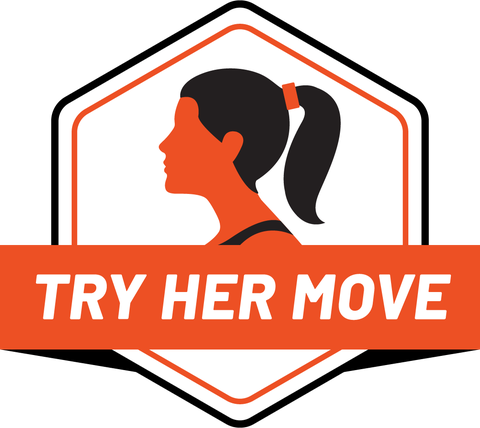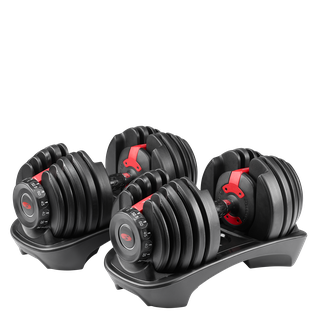
Men’s Health/Eric Rosati
If you’re a runner embarking on a fitness plan filled with nothing but road and treadmill workouts, you’re ultimately setting yourself up for failure. You’ll have your cardiovascular health and conditioning covered, sure—but if you really want to perform to your full potential and have that top gear to pull away in the toughest races, you’ll need to be strong, too.
Make sure to introduce a strength component to your routine to push even further in your training. If you want to be a runner, and not sure someone who runs, being more balanced is essential—but it helps to actually know what you’re doing when you hit the unfamiliar confines of the gym.

SelectTech 552 Dumbbells
bowflex.com
$329.00
SHOP NOW
Trainer Charlee Atkins, C.S.C.S. understands that runners might need some guidance to understand exactly what type of training they should be doing for sport-specific results. Atkins created this simple 4-move series that target the lower body unilaterally, which means you’ll be working on one leg at a time. “The goal of the series is to help balance out the sagittal [front-to-back and up-and-down] motion of the sport,” she says, “but to also strengthen the muscles that power runners.”
If you want to check this out but you’re not exactly crushing half-marathons, don’t worry—these exercises can help anyone build lower body strength, not just runners. To perform the series, you’ll need a dumbbell and some space to move around. Check out this adjustable option from Bowflex if you need a set for home workouts. If you’re just starting out, master the movements without the weight before you add a load, then progress from there.
Perform each movement for 12 to 15 reps
Perform each exercise for 12 to 15 reps before moving to the next, resting as needed. Complete the full series for 3 to 4 rounds total. While you might be more familiar with forward lunges—and you might feel like you should be focused on moving forward, since you’re a runner—Atkins programmed you to be moving backwards for a reason. “I chose the backward lunge over the front because under heavy load it’s safer for the knee and a lot easier to execute,” she says.
Want to learn more moves from Atkins? Check out our series full of her workout tips, Try Her Move.

Men’s Health
Men’s Health Subscription
SHOP NOW
Source: Read Full Article
